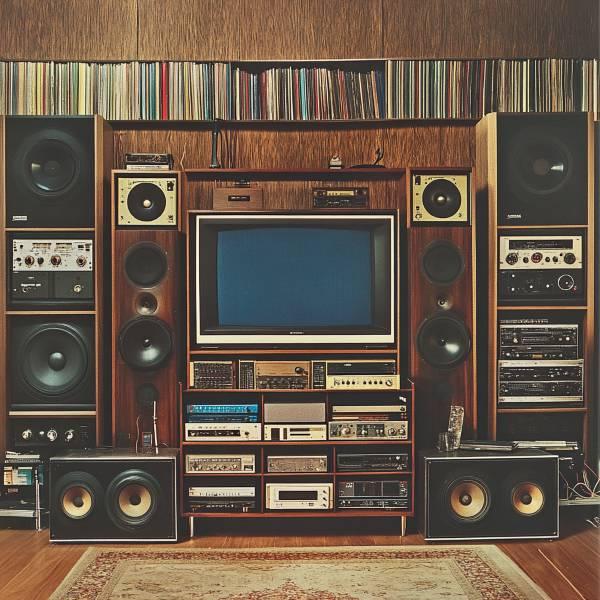Sound & Vision Magazine Takes a Bow

I want to express my sincere gratitude to all the writers who made Sound & Vision such an outstanding read in print, right up through the year 2024. Many other magazines didn’t make it this far, which makes this moment both a significant milestone and a bittersweet farewell.
But like a delicious chocolate bar, bittersweetness has its good points. Yes, farewell, Sound & Vision magazine. I will miss it more than I ever imagined before I took the editorial helm two years ago. This magazine has been an institution in my life for decades, and it has been a privilege to steer it through its final print chapter.
My journey with this magazine goes back to my childhood, with Stereo Review, the precursor to Sound & Vision. As a pre-teen aspiring audiophile, I was captivated by Julian Hirsch’s focus on measurements. Over time, my interest in audio and video deepened, leading me to a career in this field. I began writing, reviewing, covering trade shows, and attending demos, eventually becoming intimately familiar with the magazine.
Sound & Vision launched under the stewardship of editor Bob Ankosko, who was not only the last editor-in-chief of Stereo Review but also the first editor-in-chief of Sound & Vision. Bob was tasked with reinventing the magazine, which debuted at the 1999 Winter Consumer Electronics Show to great acclaim. Bob led the research and development of the new editorial direction, with a heavy focus on surround sound, home theater, and the nascent high-definition television format.
The first issue of Sound & Vision was initially branded as Stereo Review’s Sound & Vision. It featured the first high-definition television review—a 65-inch rear-projection model from Philips. To celebrate this milestone, Bob organized an HDTV launch party at the testing lab on 34th Street in NYC. It was the beginning of an exciting era in home entertainment.
As we close this chapter, it’s also important to acknowledge the contributions of those who have shaped the magazine over the years. Special thanks go out to art director Jeremy Moyler, editor-at-large and web editor Bob Ankosko, senior editor Tom Norton, music editor Mike Mettler, movies editor Chris Chiarella, columnists Ken Pohlmann, John Sciacca, and Michael Antonoff, and our contributing technical editors: former editor Rob Sabin, the legendary Dan Kumin, Leslie Shapiro, Barb Gonzalez, Jim Wilson, and David Vaughn and the many other reviewers who have pitched in.
Notably, Ken Pohlmann holds the distinction of being the longest-running continuous columnist for Sound & Vision, a testament to his enduring influence and expertise.
As I reflect on the history of this magazine, I’m filled with nostalgia, but the “sweet” part of this transition is the liberation that comes with going all-digital. My time as a print magazine editor has been relatively brief—just two years—compared to a decade-plus in editorial roles for AV-related websites. This shift to digital feels like a return to the medium I am most comfortable with, and it aligns with my core strength in multimedia content creation. I am optimistic that Sound & Vision will thrive as an all-digital brand, continuing to be a vital resource for enthusiasts in a rapidly evolving landscape.
A Changing AV Landscape
In the past decade, AV technology has accelerated rapidly. What began with 1080p TVs hitting rec.709 color gamut has evolved to 8K OLEDs with perfect blacks. Today, you can buy a 100-inch 4K HDR TV with Dolby Vision for under $5,000. 115" TVs are actually going into homes and are no longer just the TV equivalent of concept cars.
Audio has seen similar leaps. Dolby Atmos, once exclusive, now offers immersive, object-based sound for movies, music, and gaming at nearly all price points.
Market dynamics have shifted, too. Brands like TCL and Hisense have displaced Panasonic and Pioneer, challenging Samsung and LG with affordable, high-performance TVs. A 98-inch 4K TV now costs less than a 65-inch 1080p TV did in 2014, with vastly improved brightness, color, and AI-driven processing.
Consumer habits are also evolving. Projectors are making a comeback, gaming monitors are hot, and micro-LED displays—though still premium—are rapidly becoming more accessible. The print edition may be ending, but Sound & Vision lives on













































